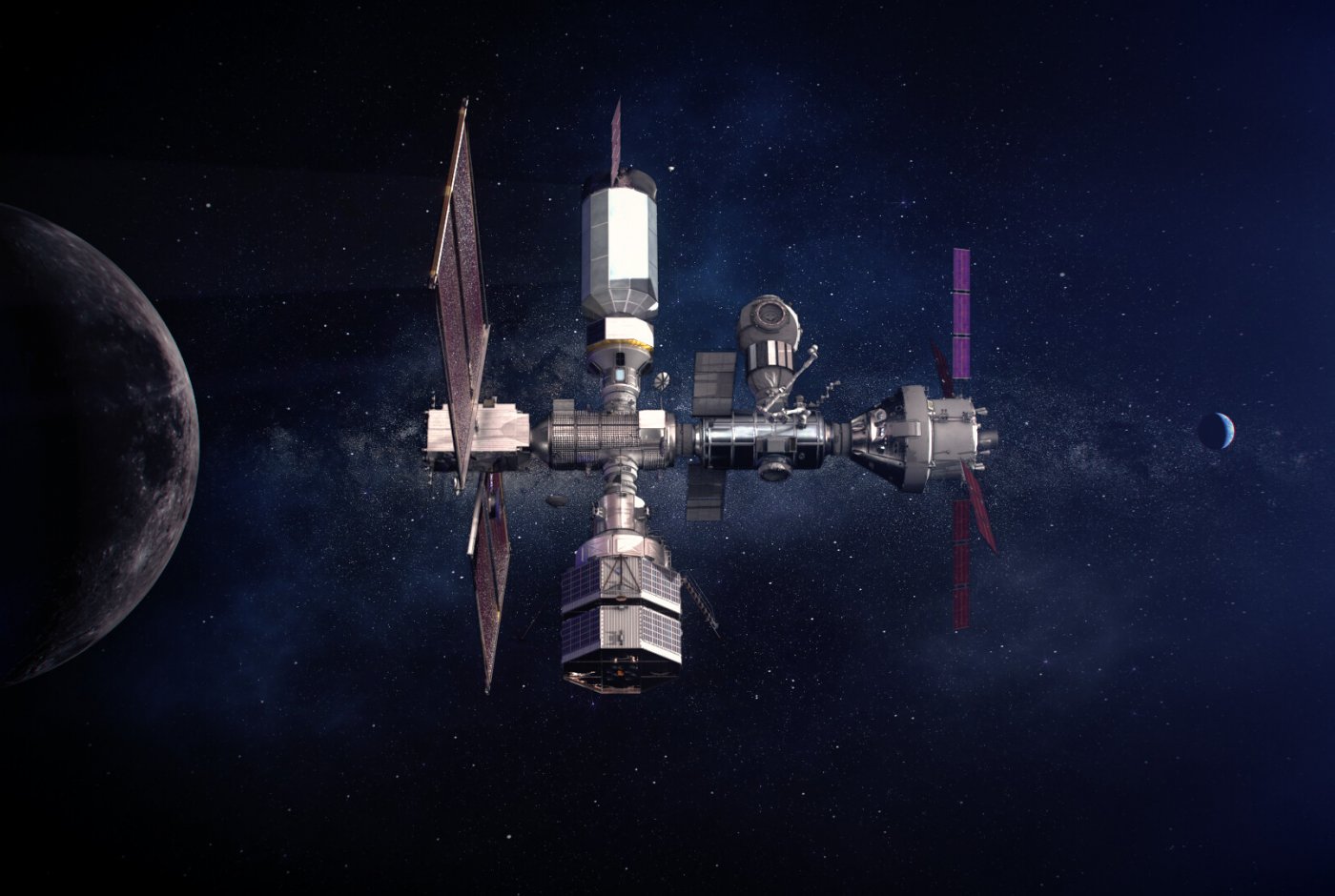
Lunar Gateway
On July 20, 1969, Apollo 11 landed on the Moon's surface and was followed by 5 more missions, the last of which left the Moon's dusty surface on December 14, 1972. But now, a little over 50 years since the first lunar landing, it seems that man is on his way back. Lunar Gateway — planned to orbit the moon in 2024 — will serve as a solar-powered communication point, science laboratory, short-term residential module and storage area for rovers and other robots.
But is 2024 a realistic goal? And, is it such a good idea to have a space station on Earth's barren companion when the ultimate goal is, in fact, Mars?
Morten Remar visited the Technical University of Denmark's Institute for Space Research and Space Technology, commonly known as DTU Space, and talked to astrophysicist and chief consultant Michael Linden-Vørlne and Ph.D. student Christina Ayo Toldbo, to try to get answers to several of those questions.
Follow Science Stories on: iTunes, Spotify, Spreaker, Google Podcasts, YouTube, Twitter, Facebook, or Instagram.